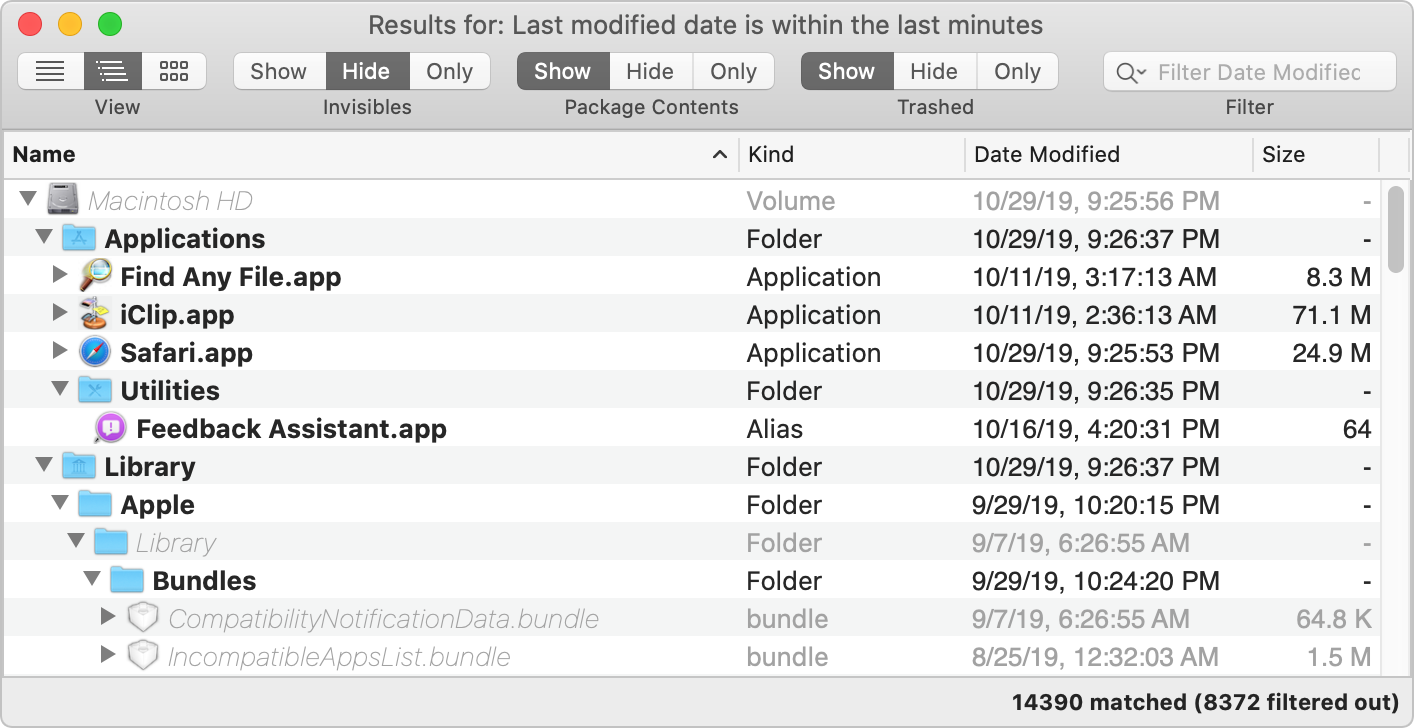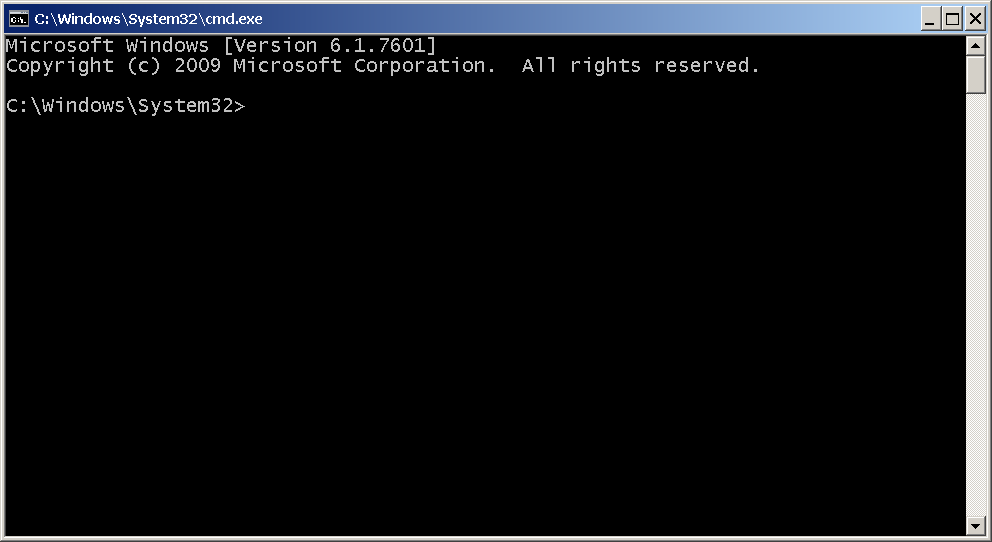

This is probably all confusing to non-UNIX geeks, but this is something I've had to deal with for the entire 20+ years I've been dealing with text between DOS and UNIX. The standard types to use for Max files are 'maxb' for old-format binary files, 'TEXT' for text files, and 'JSON' for newer format patchers or other. PAGES files, TEXT files cannot include advanced formatting, such as bolding, italicization, font styles, and text alignment. The mapping of extensions to types is configured in the C74:/init/max-fileformats.txt file. You can also select a save location by clicking the 'Where' drop-down box and then selecting a folder in the drop-down menu. You cannot use the same title as the folder that you created or any other folder on your desktop. If you’ve ignored my rich-text/plain-text advice above, you may get a bunch of. In this example my files are in C:Example. Type whatever you want to name your protected folder into the 'Save As' text box. The first way to start your list is to select the files you want in it and drag them into that TextEdit document. So if youre using TextEdit, be sure to select 'Make Plain Text' under the Format menu. Its worth noting that if you paste it into a rich text file in TextEdit, youll be pasting the files themselves, not the file names. The vi command line way I deal with this is:Īnd they will be be converted to 'cr' (carriage return, not carriage return-linefeed) and when you save the file it'll be all well in the UNIX world. TEXT files store text that can be viewed and edited in Microsoft Notepad, Apple TextEdit, and other text editors. Enter the path of the folder containing the files that you want to get the names of into cell A1. Then paste the result into any plain text field, and there ya go.
#Mac text file of file names in a folder mac
Over on the Mac side, TextEdit generally seems to handle text files properly regardless of where they are created, but vi will show those 'crlf' characters as a ^M, which is not a big deal, but annoying. Text files let you create and format documents that include text and photos and even embed music and video files for Web pages you build. Deprecated filename & path characters:, (comma), (semi-colon), (space), (bullet ASCII 149), (percent), & (ampersand).
#Mac text file of file names in a folder mac os x
Oddly enough, if you edit a text file created by Mac OS X with the "DOS" command line 'edit' command under Windows and just save it, it'll convert the newlines to what Windows expects with the rest of the Windows text editors. Mac Snow Leopard makes it easy for you to create and edit your text files, such as word-processing files. File/folder delimiters: Mac Classic uses a colon, Mac OS X uses either forward slash (POSIX paths) or colon Mac paths), Unix uses a forward slash and Windows a backslash (plus colon for drive letter).

You'll note that if you use vi on a text file created by a Windows notepad, for example, will show ^M characters at each newline, while text files created by Mac OS X will look all goofy using windows notepad.

This is also why I use command line utilities for both OS's, and this is something that goes back to the early days of all the UNIX's and the DOS world.


 0 kommentar(er)
0 kommentar(er)
